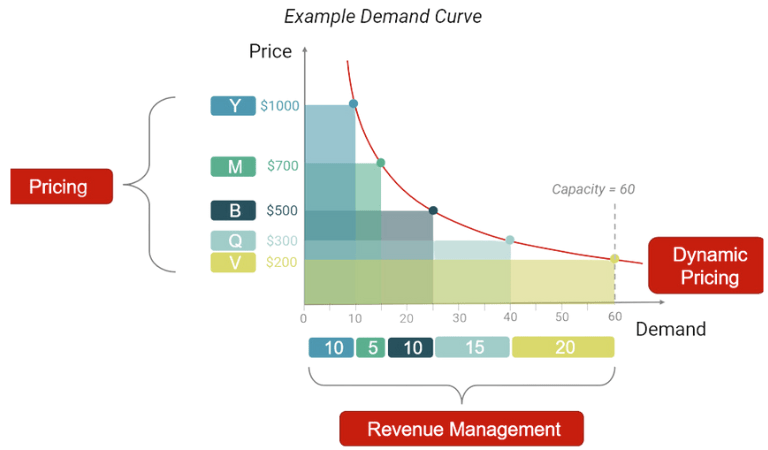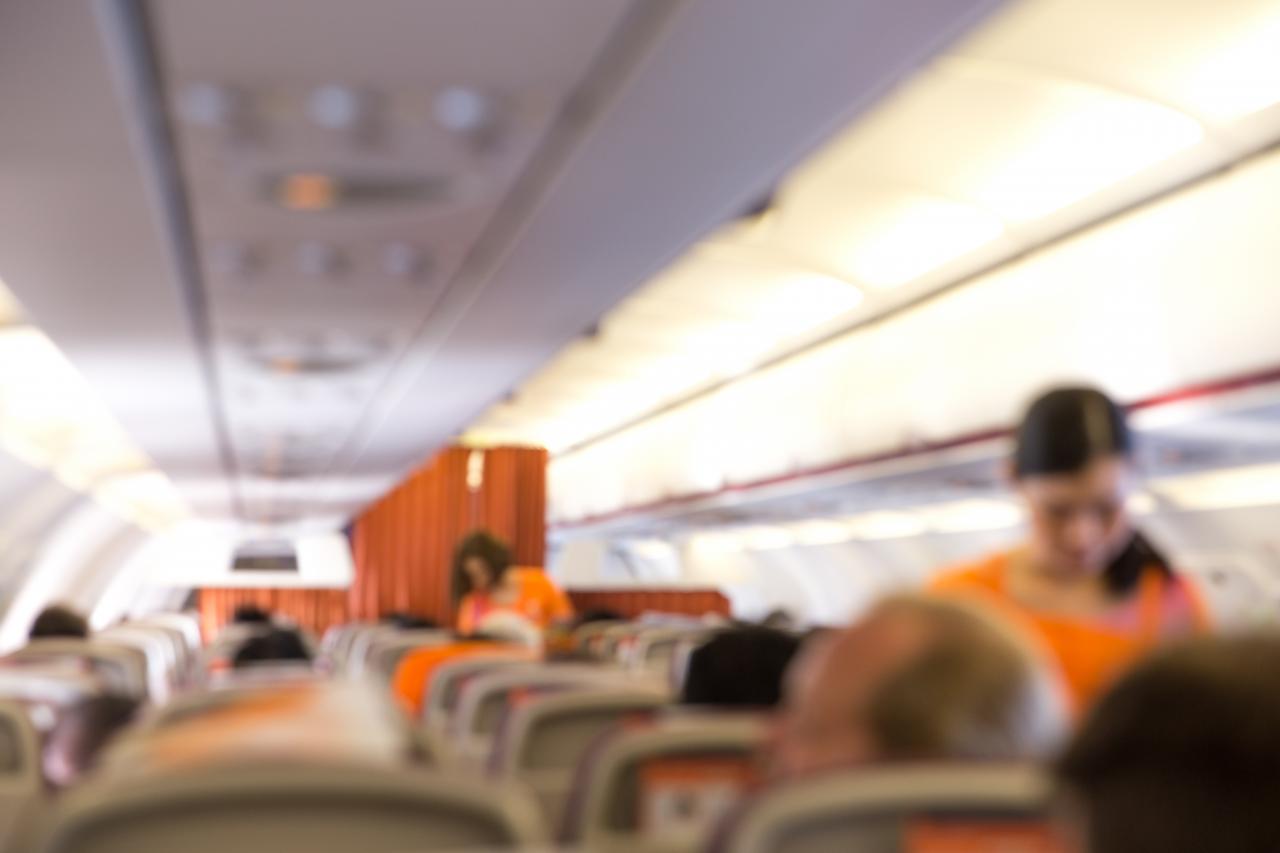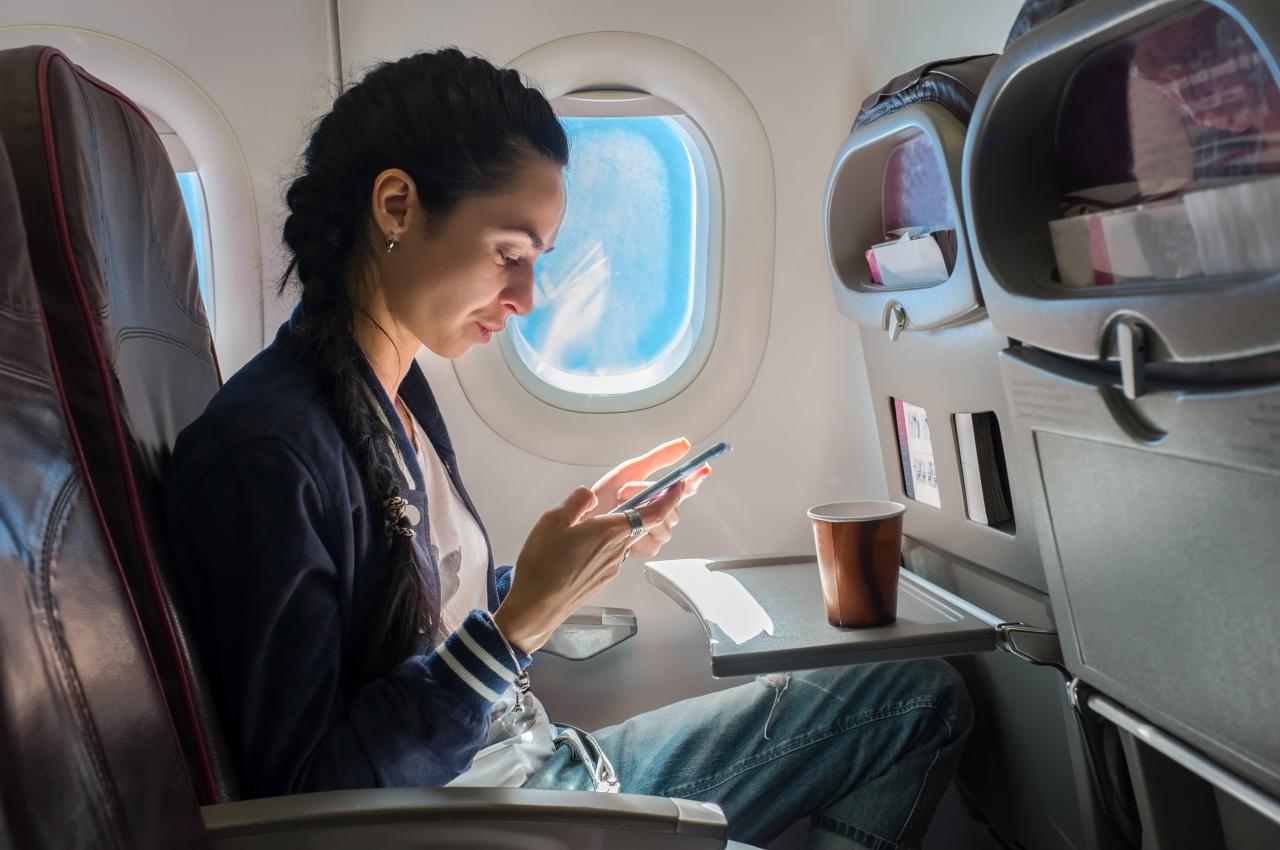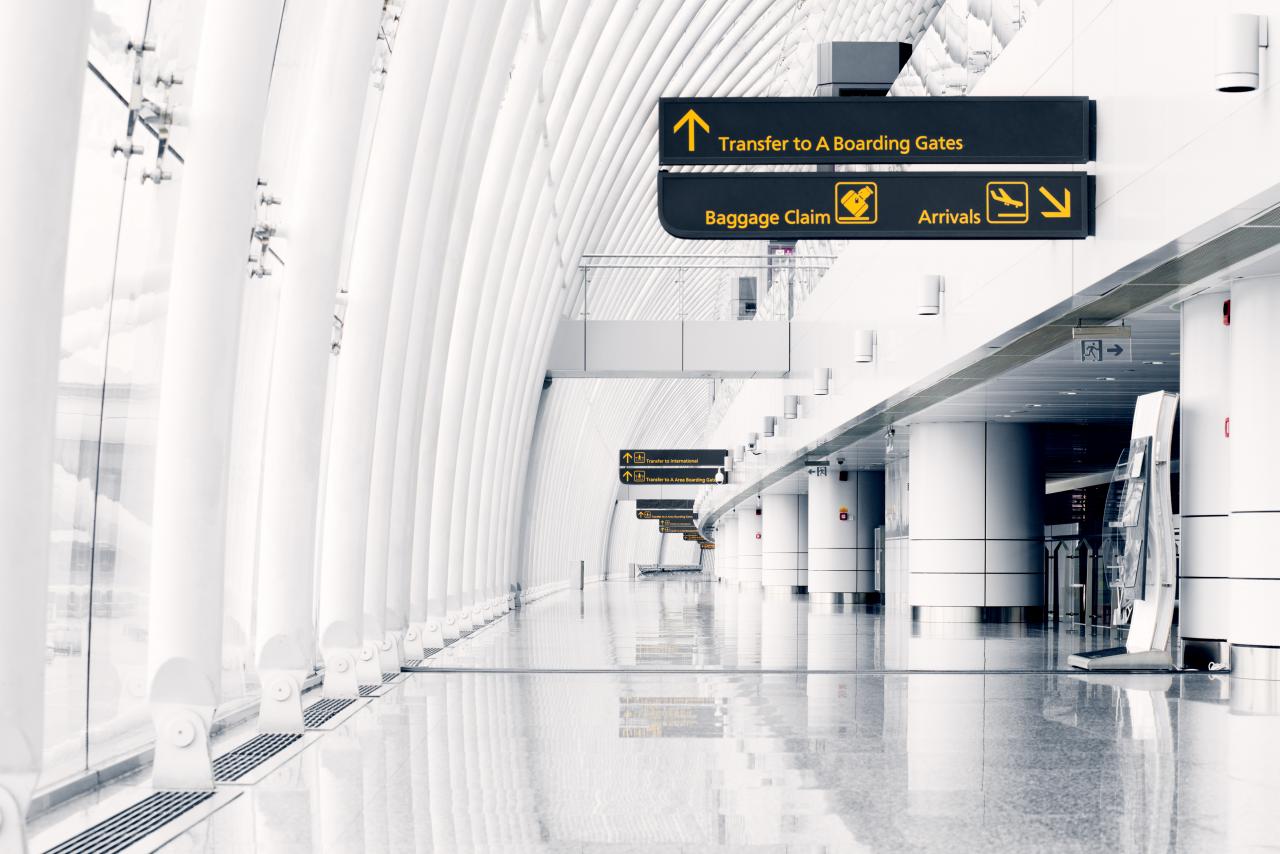5 ways AI/ML can increase airline revenue
How is AI/ML used in the airline industry today?
Artificial intelligence and machine learning (AI/ML) is an integral part of daily life for most of us, whether we realize it or not. If you’ve ever scrolled through your social media feed on Facebook or LinkedIn, streamed a movie on Netflix or purchased a product from Amazon, you’ve interacted with machine learning algorithms.
AI/ML technology has been in broad use for decades in the airline industry and it has a rich and growing history. Many of the most important departments in modern airlines use AI/ML technology at scale. Examples include airline network planning, flight scheduling, pricing and revenue management, operations and crew planning.

Although AI/ML models have had a big impact on the airline industry, earlier implementations had limitations. Previous architectures and development processes made it difficult to integrate different models, and considerable manual intervention was needed to keep models up to date with recent data.
Our newest ML-based applications, which use modern, cloud-based microservices architecture with improved scalability and automation, give our airline partners opportunities for additional revenue generation and improved customer service. Here are five ways this technology is being put to use.
1. Dynamic pricing and availability of airfares
Airline dynamic pricing is a term that has been used in many different contexts, usually as some type of automated pricing tool. At Sabre, we refer to dynamic pricing of airfares to describe an engine that can help airlines provide tailored offers to different customer segments, considering a carrier’s revenue management controls and data signals on the current competitive marketplace.
A close cousin to dynamic pricing is dynamic availability. With dynamic availability, rather than directly modifying the price amounts, an airline’s availability controls are updated (either by closing or opening booking classes). The airline’s ability to modify prices in real-time with dynamic pricing provides the maximum revenue performance, but today it is limited to airline direct channels and NDC offers. On the other hand, dynamic availability changes can be applied across all GDS selling channels, so while the revenue performance of each change is slightly less, the total applicable sales base is larger. Thus, both approaches drive value for airlines.

Sabre’s dynamic pricing and availability products have been shown to provide up to 3% revenue gains. These gains are incremental to what an airline realizes from its revenue management system, and they arise from more customized offer decisions, continuous price points instead of fare classes (see illustration), and the ability to manage prices with finer granularity (i.e. at the roundtrip level rather than departure date only for traditional inventory control). This finer-grained, continuous pricing also benefits travelers because they gain access to new price points that were previously unsupported. For more information explore:

2. Air ancillary dynamic pricing
One of the biggest trends in airline marketing over the past 10 years has been the strong and steady growth of ancillary sales for air travel. According to a 2022 report from IdeaWorks , airline ancillary revenue trends since 2013 show an average estimated annual growth rate of more than 15%. Ancillary sales growth in this period arises from both individual ancillary sales (a la carte) and the proliferation of airline branded fare bundles.
In the past, ancillary prices were a secondary consideration by airline marketing teams, and those prices were usually static across airline regions. But as sales (and revenues) have increasingly shifted to ancillaries, the opportunities for more dynamic pricing with AI/ML technology have grown. AI/ML models can help airlines recommend optimal prices for ancillary products or services using a mix of supervised learning (based on estimated price elasticities and factors like marketing segment, type of seat, position in cabin, etc.) and reinforcement learning methods (see ‘Experimentation engines’ section below).
In practice, our customers have seen incremental ancillary revenue gains of up to 10% from the use of AI/ML models for both dynamic price decreases and increases of ancillaries. For more information, see:
Achieving results
SABRE ANCILLARY IQ™
up to 10% revenue uplift*
in incremental ancillary revenue opportunities created by Sabre Ancillary IQ™
SABRE AIR PRICE IQ™
up to 3% revenue uplift*
in air fare revenue opportunities created by Sabre Air Price IQ™
*Results are based on production implementation of partner airline customers and vary, depending on price sensitivity in the market.
3. Experimentation engines
Our new experimentation engine platform, based on a type of AI/ML known as reinforcement learning, provides exciting opportunities for all travel sellers. Traditional AI/ML models build complex prediction models relying on historical data. Experimentation engines, however, do not rely on extensive historical data; they try out (i.e. experiment) multiple options and observe the outcomes. The models learn from those outcomes so the parameters that produce outputs are adjusted a bit, and the process can be run again (and again, and again).
One example use case is Sabre Hospitality’s SynXis® Retail Studio™ application for hotels, which has many similarities to airline retailing applications. A hotel can have many different ancillary products and choosing the right ones to present to each guest type is a complicated problem.
The graphs below demonstrate how the experimentation engine model learns which product to offer two different customer segments, A and B. At first (see the left side of the graphs), the model offers all three products. With time, it settles on a clear solution: A prefers breakfast and B prefers high floor. The model learns as it gets more data points (from impressions and clicks), so the degree of ’exploration’ can be reduced as it gains confidence about the best products to display.
Hotel ancillary offer optimization example:
Automatically finding the best customized offer for each customer segment

In practice, our hotel customers have observed up to 30% gains in guest clickthrough rates when using the experimentation engine for ancillary offer display decisions vs. a uniform display strategy.
4. Market size forecasting
Two of the most important questions in airline network planning when designing future schedules are understanding:
“Where do people want to go?” and “How many people want to travel between those origin-destination pairs?”
If we know both answers, we know travel demand, and hence we can help optimize travel supply (i.e. determining the number of planes needed, where they should fly to and how they should be scheduled). That means we can build systems that estimate expected revenue and profitability, fine tune retailing and distribution strategies, plan resources, etc.
Accurately answering “How many people want to travel from city A to city B?” is important for aircraft manufacturers, airlines, hotel operators, travel agencies, local businesses oriented to tourism and the investment community. There are about 250,000 city pairs in the world that have air service between them, and travel demand for them is changing every month; thus, answering that question with manual market analysis is virtually impossible.
This is where Sabre’s new network planning tools can help. Our Sabre Labs team is working on an AI/ML model known as the “Market Potential Forecaster” which predicts how many people would travel from A to B per month for the next 12 months for all 250,000 markets. And it updates such predictions periodically. The underlying AI/ML model is trained on both historical trends and forward-looking air low fare search shopping data. Our colleague, Cuneyd Kaya, provided further model details in this recent Sabre article.
By using a combination of historical data, analyzing segment behaviors and forward-looking shopping data, the AI/ML-based market potential forecaster model has the potential to increase average prediction accuracy to up to 90%.
5. Disrupted passenger reaccommodation
Some of the most common disruptions airline passengers face are flight cancellations and delays, but other kinds of disruptions exist. Sabre’s AI/ML models for reaccommodation during irregular operations such as unplanned flight schedule changes, cancellations, etc. (called IROPS) can help in such scenarios by providing new itineraries accounting for global availability, passenger prioritization and airline practices.
These AI/ML models can also be used as a ‘what-if’ tool where airline analysts evaluate the effect of a particular disruption (say, a change of equipment to a smaller capacity plane). Based on the solution, they can decide if this is an acceptable action to perform. If the tool is used, and results are applied, passengers are automatically guaranteed a ticket in the new itinerary as the rebooking process handles this.
Whenever the IROPS application is run, and passengers are informed of their new itineraries, those passengers need to decide if the new trip is something they are still interested in taking or they prefer rescheduling or completely canceling.
A businesswoman with an important meeting Monday morning would cancel rather than take an alternative itinerary arriving Monday lunch time. Someone on a week-long vacation in Italy would likely accept to be rebooked to arrive half a day later. Experienced analysts can recognize some of these patterns and offer only those reaccommodation options that are likely to satisfy travelers. To help airline analysts further, Sabre developed a machine learning model that helps evaluate if the replacement itinerary would be accepted or not.
In practice, some airline customers saw a significant improvement in traveler satisfaction and a reduction in call volume of
up to 25%.
Choosing the right AI/ML

Not all AI/ML is created equal, which is why Sabre Travel AI™ cloud-native, microservices-based machine learning applications are powered by the best-in-class unified AI platform for offers and orders: Vertex AI from Google. In the airline industry, making the right decisions in real-time could mean the difference between an offer converting into revenue or not.
Advanced experimentation using Vertex AI ensures that airlines create personalized and contextualized offers for travelers, which increases the likelihood of those offers converting and creating value for both travelers and airlines.
Learn more about how Sabre’s partnership with Google is accelerating innovation and advancing the travel industry.
Want to take this offline? Download the PDF to read anytime.
Take the conversation further with Sabre
As a global travel technology provider, we deeply understand the industry today, where we can go tomorrow, and the work needed to get us there.





